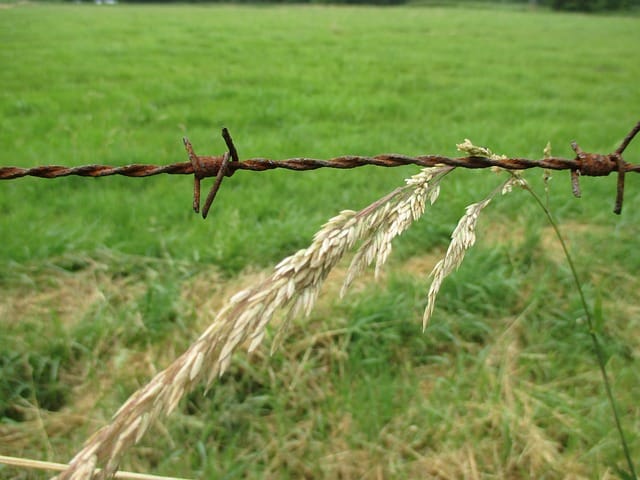Fighting gardening diseases: Wheat rust
Gardening diseases can severely impact crop yields and cause significant economic losses

In this article:
- Introduction
- Understanding Wheat Rust
- Different Types of Wheat Rust
- Identification and Symptoms
- Causes and Contributing Factors
- Impact on Wheat Crop
- Economic and Food Security Implications
- Prevention and Control Measures
- Planting Resistant Varieties
- Crop Rotation and Sanitation Practices
- Chemical and Biological Control Methods
- Government and International Efforts
- Conclusion
- References
Introduction
Gardening diseases can severely impact crop yields and cause significant economic losses. One such disease that affects wheat crops is wheat rust. Understanding the nature of this disease, its causes, symptoms, and control measures can help farmers protect their crops and ensure food security.
Understanding Wheat Rust
Wheat rust is a fungal disease caused by the pathogens Puccinia spp. It infects the leaves, stems, and grains of wheat plants. The disease gets its name from the reddish-brown rust-like pustules that appear on infected plants.
Different Types of Wheat Rust
There are three main types of wheat rust: stem rust, leaf rust, and stripe rust. Stem rust primarily affects the stems and leaves of wheat plants, leaf rust attacks the leaves, and stripe rust causes yellow stripes on the leaves.
Identification and Symptoms
Identifying wheat rust is crucial for effective management. Symptoms include rust-colored pustules, yellow or chlorotic spots on leaves, stunted growth, reduced grain quality, and potential yield loss.
Causes and Contributing Factors
Wheat rust is favored by specific environmental conditions, including moderate temperatures of 15-25°C, high humidity, and rainfall. The disease can be spread through wind-borne spores, infected plant debris, and contaminated seeds.
Impact on Wheat Crop
The impact of wheat rust on crop yields can be devastating. Severe infections can lead to complete crop failure, reduced grain quality, and decreased overall production. This, in turn, affects income generation, food security, and local economies.
Economic and Food Security Implications
Wheat is a staple food consumed by millions of people worldwide. Any disruption in wheat production due to diseases like wheat rust can have severe economic and food security implications. It can lead to increased food prices, scarcity, and malnutrition.
Prevention and Control Measures
To combat wheat rust and minimize its impact, various prevention and control measures can be implemented. These include:
Planting Resistant Varieties
Planting rust-resistant wheat varieties that have been bred for resistance can significantly reduce the risk of infection. These varieties have genes that confer resistance to specific types of rust.
Crop Rotation and Sanitation Practices
Practicing crop rotation and ensuring proper sanitation by removing infected crop debris can help break the disease cycle and minimize the risk of re-infection in subsequent crops.
Chemical and Biological Control Methods
Chemical control methods involve the use of fungicides to prevent or reduce the severity of wheat rust infections. Biological control methods, such as the use of beneficial microorganisms and natural predators, can also be employed.
Planting Resistant Varieties
Planting rust-resistant wheat varieties that have been bred for resistance can significantly reduce the risk of infection. These varieties have genes that confer resistance to specific types of rust.
Crop Rotation and Sanitation Practices
Practicing crop rotation and ensuring proper sanitation by removing infected crop debris can help break the disease cycle and minimize the risk of re-infection in subsequent crops.
Chemical and Biological Control Methods
Chemical control methods involve the use of fungicides to prevent or reduce the severity of wheat rust infections. Biological control methods, such as the use of beneficial microorganisms and natural predators, can also be employed.
Government and International Efforts
Many governments and international organizations are actively involved in research, surveillance, and control measures to combat wheat rust. They provide funding, resources, and technical assistance to farmers and communities affected by the disease.
Conclusion
Wheat rust is a significant threat to global food security and economic stability. However, with proper understanding and implementation of preventive measures, such as planting resistant varieties, practicing crop rotation, and applying appropriate control methods, farmers can effectively combat this destructive disease.
References
Insert your references here.
